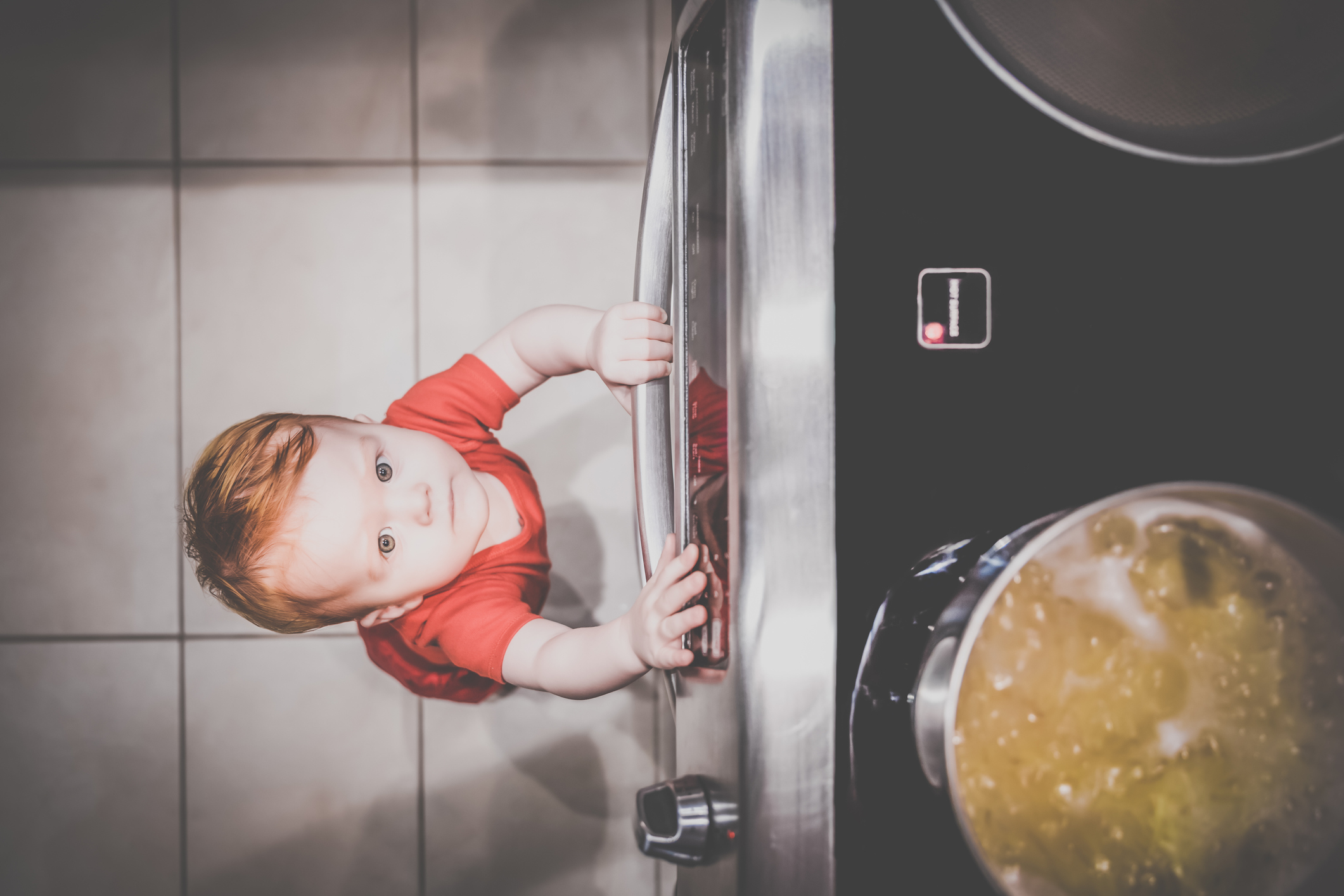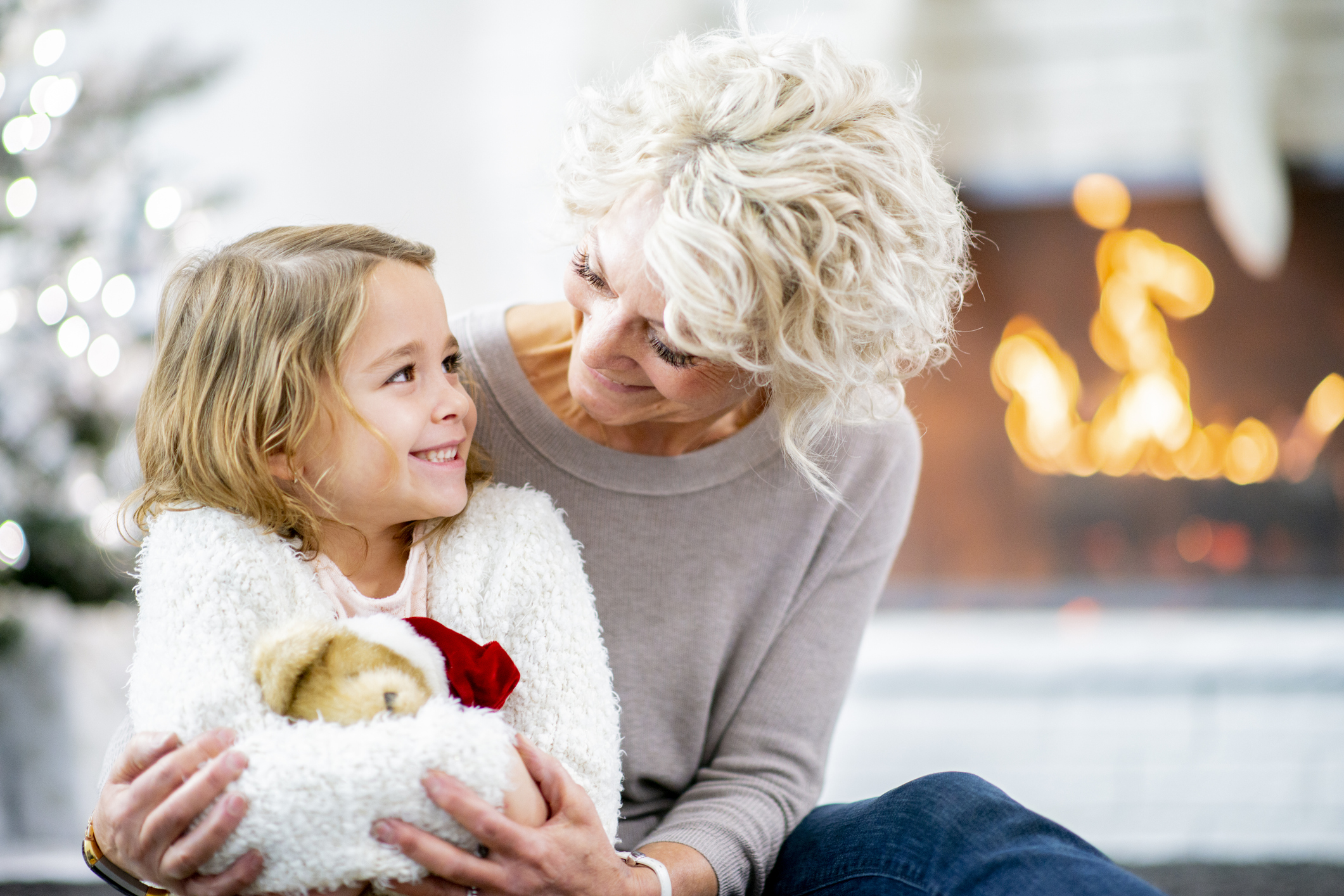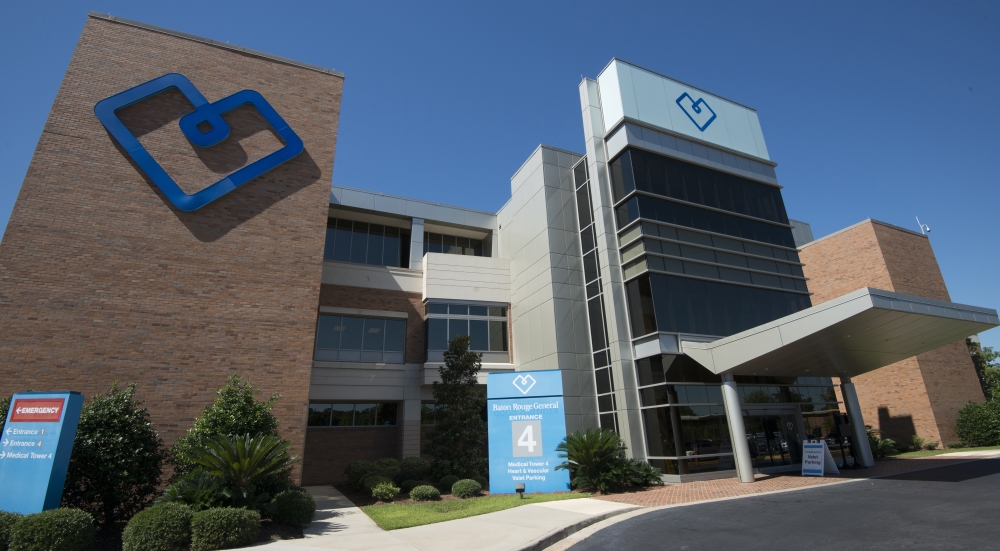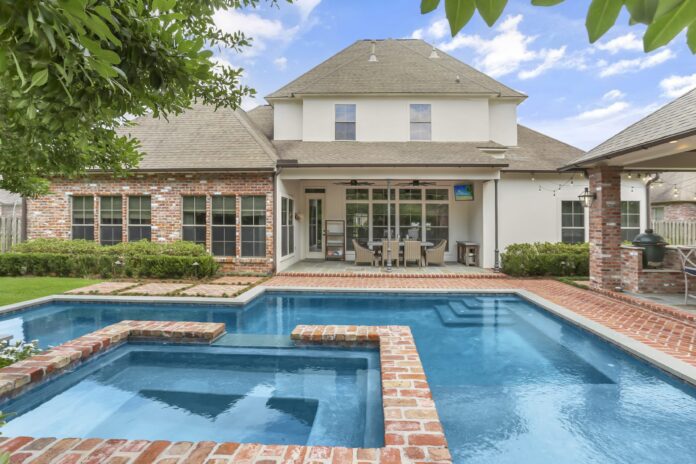[Sponsored] Don’t get burned: Holiday safety tips
Sponsored by Baton Rouge General Foundation
Our lives are busy, but we hit pause in the fall and winter to gather round the table and share warmth, laughter and wonderful experiences—together. Unfortunately, this season also raises the risk of burns from common household hazards. According to the Centers for Disease Control, more than 300 children are treated in emergency rooms every day for burn-related injuries. Younger children and older adults are more likely to sustain injuries from scald burns that are caused by hot liquids or steam. Knowing how to prevent burns is especially important during the holidays when there are more people in the kitchen, fireplaces are lit, and candles or space heaters come out.
In Baton Rouge, the need for specialized burn care was clear, and thanks to Baton Rouge General rising to the occasion, opening its Regional Burn Center in 1970.

Today, it is the region’s only verified burn center in a 200-mile radius.
Community support through the RISE campaign will help create a new space on the Bluebonnet campus for the Regional Burn Center, enabling Baton Rouge General to continue caring for patients at an even greater level. The new center offers larger inpatient rooms and a rooftop therapy garden, offering burn survivors a safe and comfortable way to ease back into the world around them. RISE donations also fund state-of-the-art equipment and technology, a full rehabilitation gym and a family conference room. For more information on the Baton Rouge General Foundation and to donate to RISE, click here or visit brgrise.com.
PREVENT BURNS AT HOME
Safety tips from Baton Rouge General’s Burn Center Medical Director, Dr. Tracee Short
—In the kitchen, hot pan or stovetop burn risks are the most obvious danger. But did you know that noodle soup burns do more damage and require a significantly longer hospital stay than other liquid burns? That’s because the noodle soup requires a longer cooling time, making it much more hazardous if spilled.
—Bath time burns are common. Set the thermostat on your water heater to 120 degrees Fahrenheit or lower. Maintaining a steady thermostat setting can help control the water temperature throughout your home—preventing scalding. Before bath time, submerge your hand in the bath water for at least five seconds to test it. If available, use a bath thermometer and aim for 100 degrees Fahrenheit. Other bathroom hazards include curling irons and hair straighteners that can reach 450 degrees Fahrenheit. These contact burns usually occur when a child reaches up for the heated device and can be severe, so keep heating devices set away from the edge of the counter and never leave them unattended.
—Don’t forget hot objects like space heaters, oven doors, barbecue pits and fireplace covers are a considerable contact burn hazard. Fireplaces with glass doors get very hot when the fireplace is in use and stay hot even after the flames have gone out. When children teeter into the glass or touch it when exploring, severe contact burns can result.
WHEN ACCIDENTS HAPPEN—RESPOND FAST
1. First, remove the source of the burn and wrap the burn in a clean, dry cloth.
2. Don’t reach for ice, butter or oils—these can actually damage skin and lead to infection.
3. If the burn is small, immerse the affected area in cold water. Research shows that the persistent immersion and cooling of burns decreases the likelihood of a burn worsening. If immersion isn’t possible, washcloths can help.
4. The body’s inflammatory immune response increases cytokines and can make a burn even worse. Anti-inflammatory medications, like ibuprofen, reduce the amount of inflammation.
5. After addressing the pain and cooling the area as much as possible, Baxter says most small burns should be covered with an antibiotic ointment and bandaged in sterile, nonstick gauze. Blisters should be left unbroken as long as possible.
6. Small burns that leave the skin largely intact may be cared for at home by cleansing daily with a mild soap and then applying a burn ointment.
7. Seek medical attention immediately if a burn is larger than the size of your palm, located on the face, covering a joint, or is white or charred inside. If it’s a smaller burn but the pain can’t be controlled with cool water and ibuprofen, see a doctor.














